Today Helen is taking us along on a visit to the beautiful J. C. Ralston Arboretum in Raleigh, North Carolina. There are absolutely stunning plantings there, and it is free.
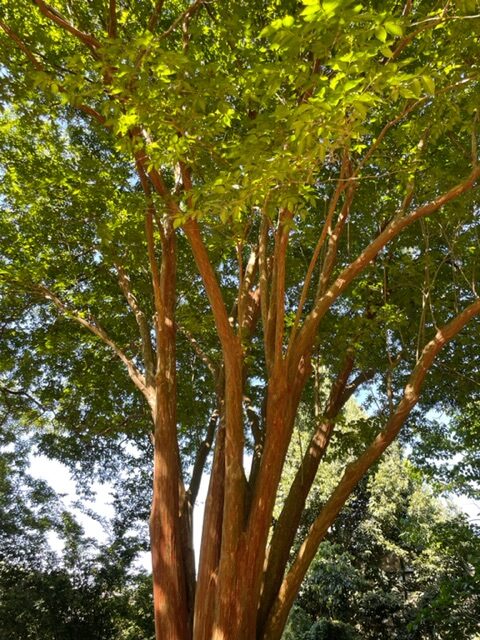 While crape myrtles are best known for their beautiful flowers, the cinnamon-colored bark on this Japanese crape myrtle (Lagerstroemia fauriei ‘Fantasy’, Zones 6–9) arguably is even more beautiful.
While crape myrtles are best known for their beautiful flowers, the cinnamon-colored bark on this Japanese crape myrtle (Lagerstroemia fauriei ‘Fantasy’, Zones 6–9) arguably is even more beautiful.
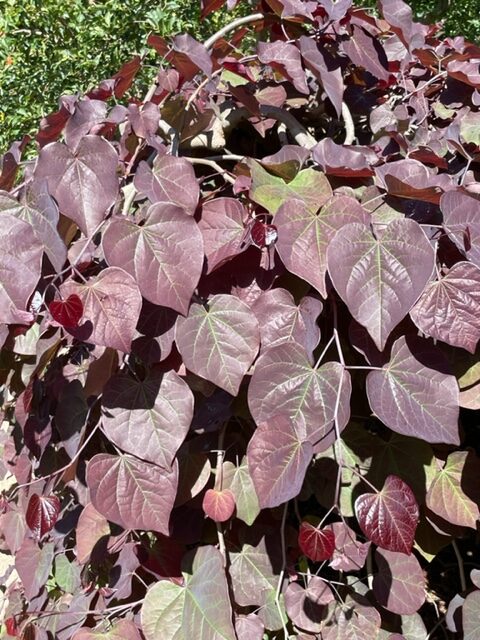 In addition to its bright flowers in the spring, this weeping red-leaf redbud (Cercis canadensis ‘Ruby Falls’, Zones 5–9) has trailing branches covered with beautiful leaves.
In addition to its bright flowers in the spring, this weeping red-leaf redbud (Cercis canadensis ‘Ruby Falls’, Zones 5–9) has trailing branches covered with beautiful leaves.
Salvia ‘Red Letter’ (Zones 7–9) has clouds of red flowers all summer long, and can be grown as an annual where it isn’t hardy.
Each leaf of this Japanese maple (Acer palmatum ‘Okukuji Nishiki’) is splashed with cream variegation for a beautiful effect. Like many variegated plants, it is a little sensitive to burning in intense sun, so it is growing here in the shade of the lathe house.
This incredible frond belongs to the upside-down fern (Arachniodes standishii, Zones 4–8). I’m not sure why it is called upside-down, but its lacy fronds are beautiful.
Red maples (Acer rubrum, Zones 5–9) are native to much of the eastern half of North America, but this is a variegated version called ‘Snow Fire’. The leaves, splashed with white, blushes pink on the newest growth.
The twining stems of summer wisteria (Wisteriopsis reticulata, Zones 7–10) make maybe an even more dramatic statement than the clusters of purple flowers that will arrive in the summer.
Bright red amaryllis (Hippeastrum ‘Hercules’) is familiar to most of us as a bulb grown inside, but many varieties, like this one, are hardy in Zone 7 and warmer.
For more on this garden, visit the website: jcra.ncsu.edu
Have a garden you’d like to share?
Have photos to share? We’d love to see your garden, a particular collection of plants you love, or a wonderful garden you had the chance to visit!
To submit, send 5-10 photos to [email protected] along with some information about the plants in the pictures and where you took the photos. We’d love to hear where you are located, how long you’ve been gardening, successes you are proud of, failures you learned from, hopes for the future, favorite plants, or funny stories from your garden.
Have a mobile phone? Tag your photos on Facebook, Instagram or Twitter with #FineGardening!
Do you receive the GPOD by email yet? Sign up here.
Fine Gardening Recommended Products
Organo Republic 16 Perennial Wildflower Seeds Mix for Indoor & Outdoors
Fine Gardening receives a commission for items purchased through links on this site, including Amazon Associates and other affiliate advertising programs.
Premium 16 Perennial Wildflower Seeds Mix - Special Garden Flower Seeds Blend designed for planting indoor & outdoors across North America. With over 16 varieties and 100,000 wildflower seeds, this mix is the best solution to attract pollinators - bees, butterflies & birds are essential for garden plants health. Our Special Perennial Wildflower Seeds Mix Includes White Yarrow, Columbine, New England Aster, Siberian Wallflower, Shasta Daisy, Lance-Leaf Coreopsis, Sweet William, Purple Coneflower, Blanketflower, Gayfeather, Blue Flax, Lupine, Dwarf Evening, Primrose, Mexican Hat, Prairie Coneflower, Black Eyed Susan. Easy & Fun Growing Experience with our online guides - Don’t plant disappointment - Add more colors to your wildflower garden! We send only super hearty heirloom flower seeds with the highest germination rate and fast sprout. Our detailed growing guide helps you grow seeds the garden of your dream like a PRO. Colorful Wildflower Garden from Seeds - Grow wildflowers everywhere - Indoor in window garden or Outdoors Flower garden Garden make a beautiful design for your garden borders, pathways, field or meadow and attract pollinators. Made in the USA by Small Family-Owned Business - Quality You Can Trust - Our wildflower bulk seeds variety pack are tested at the highest germination rates before being sealed to last for up to 3 years before you need to plant. Each packet of our flower seeds variety pack is resealable to make it easy to store and has its own label with a QR code for the growing instructions.
Lee Valley Mini Garden Shear Set
Fine Gardening receives a commission for items purchased through links on this site, including Amazon Associates and other affiliate advertising programs.
These shears have a distinctive finger rest that not only aids grip but allows greater freedom of movement than a conventional handle design. They have a durable powder-coat finish to resist rust and wear, and a simple clasp that locks the spring-action stainless-steel blades closed. The set includes one pair of round-nose shears measuring 5 1/2" overall with 1" blades for cutting stems up to 3/8" in diameter, and one pair of 6 1/2" needle-nose shears with 2" fine-tip blades for precise work.
Monarch Butterfly Rescue Wildflower Seeds 4 oz.
Fine Gardening receives a commission for items purchased through links on this site, including Amazon Associates and other affiliate advertising programs.
HIGH QUALITY SEEDS and EXPERT GUIDANCE: Experience the quality seed difference. We are committed to providing the highest quality, open-pollinated, non-GMO/non-GE seeds to our customers, guaranteed. A trusted source of high quality seeds since 1985. ATTRACT MORE MONARCHS: We know seeds and we know pollinators! Our expertly crafted botanical garden seed mixes contain a wide variety of both perennials and annuals that are specifically designed to attract pollinators. Attract more Monarchs and Butterflies in general. Gardener tested, pollinator approved! All Of Our Wildflower Varieties Are 100% Pure Seed, They come with complete planting instructions. Compare and see the quality value. This Wildflower Seed Mix will make the perfect gift for those gardeners in your life.
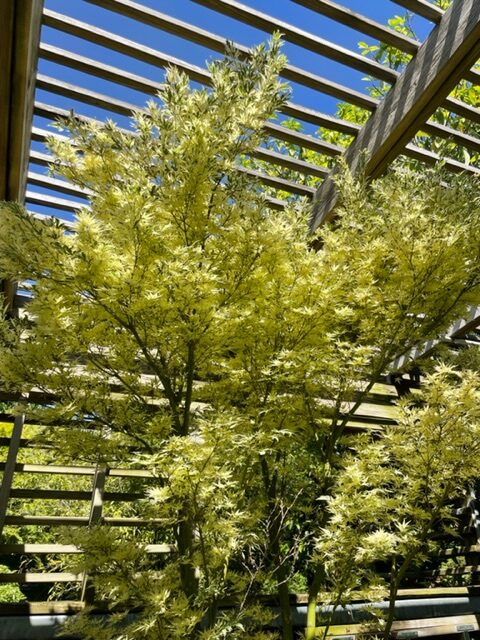
 While crape myrtles are best known for their beautiful flowers, the cinnamon-colored bark on this Japanese crape myrtle (Lagerstroemia fauriei ‘Fantasy’, Zones 6–9) arguably is even more beautiful.
While crape myrtles are best known for their beautiful flowers, the cinnamon-colored bark on this Japanese crape myrtle (Lagerstroemia fauriei ‘Fantasy’, Zones 6–9) arguably is even more beautiful. In addition to its bright flowers in the spring, this weeping red-leaf redbud (Cercis canadensis ‘Ruby Falls’, Zones 5–9) has trailing branches covered with beautiful leaves.
In addition to its bright flowers in the spring, this weeping red-leaf redbud (Cercis canadensis ‘Ruby Falls’, Zones 5–9) has trailing branches covered with beautiful leaves.

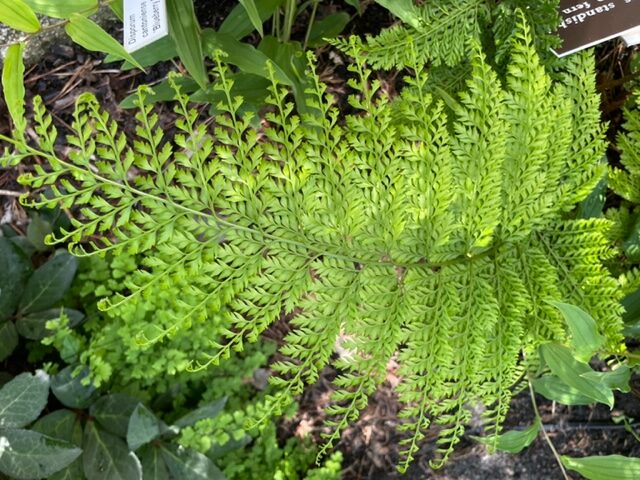
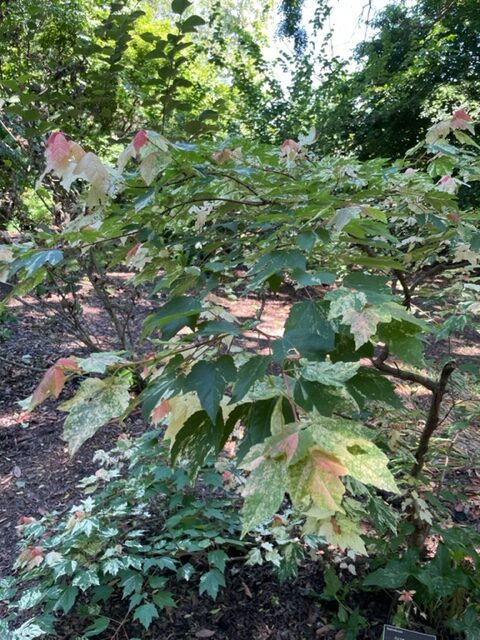
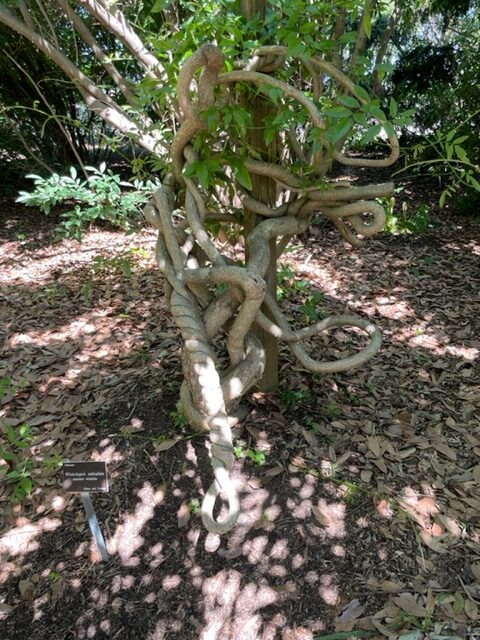
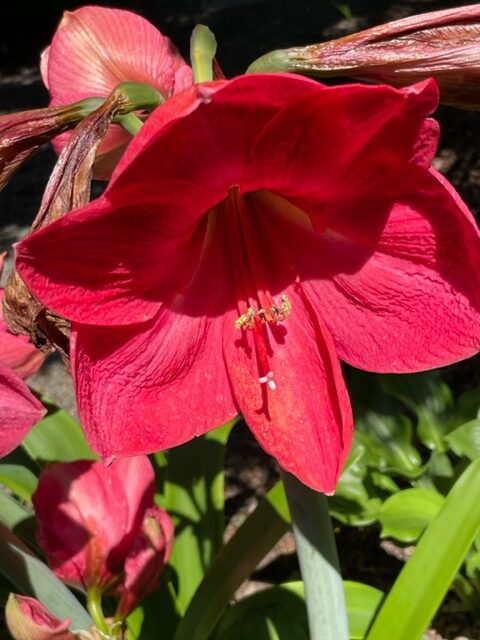
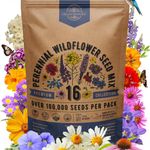







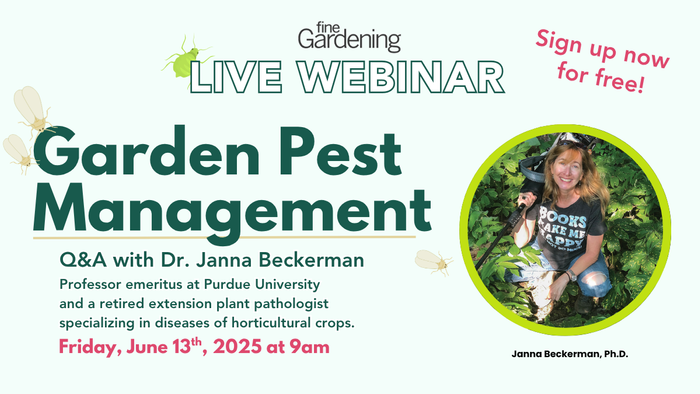
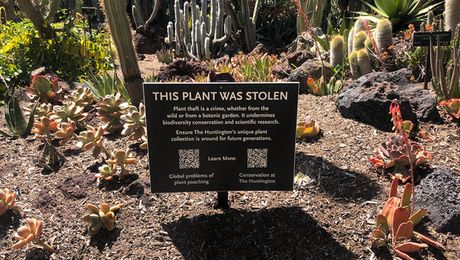
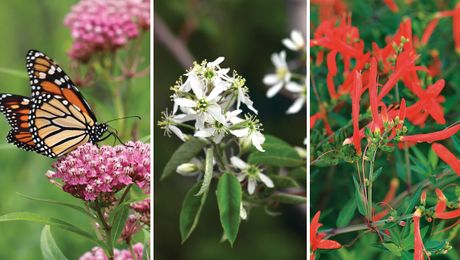


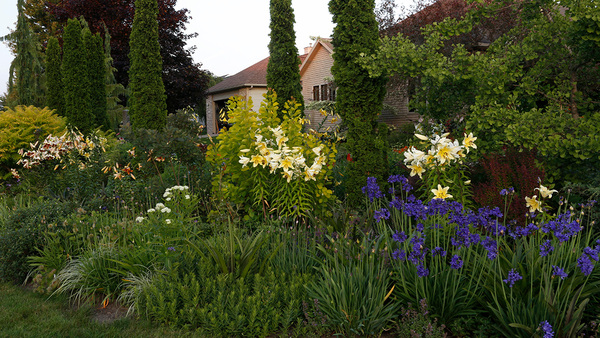




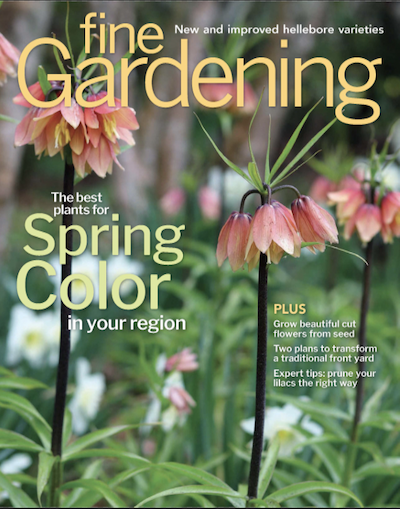


Comments
That Japanese Maple is stunning.
Wow the twining stems of summer wisteria are very eye catching! And oh I love Ruby Falls Weeping Redbud, such an interesting little tree!
I would so much like to visit there! Beautiful pics! Thank you!
Gorgeous!!
Log in or create an account to post a comment.
Sign up Log in